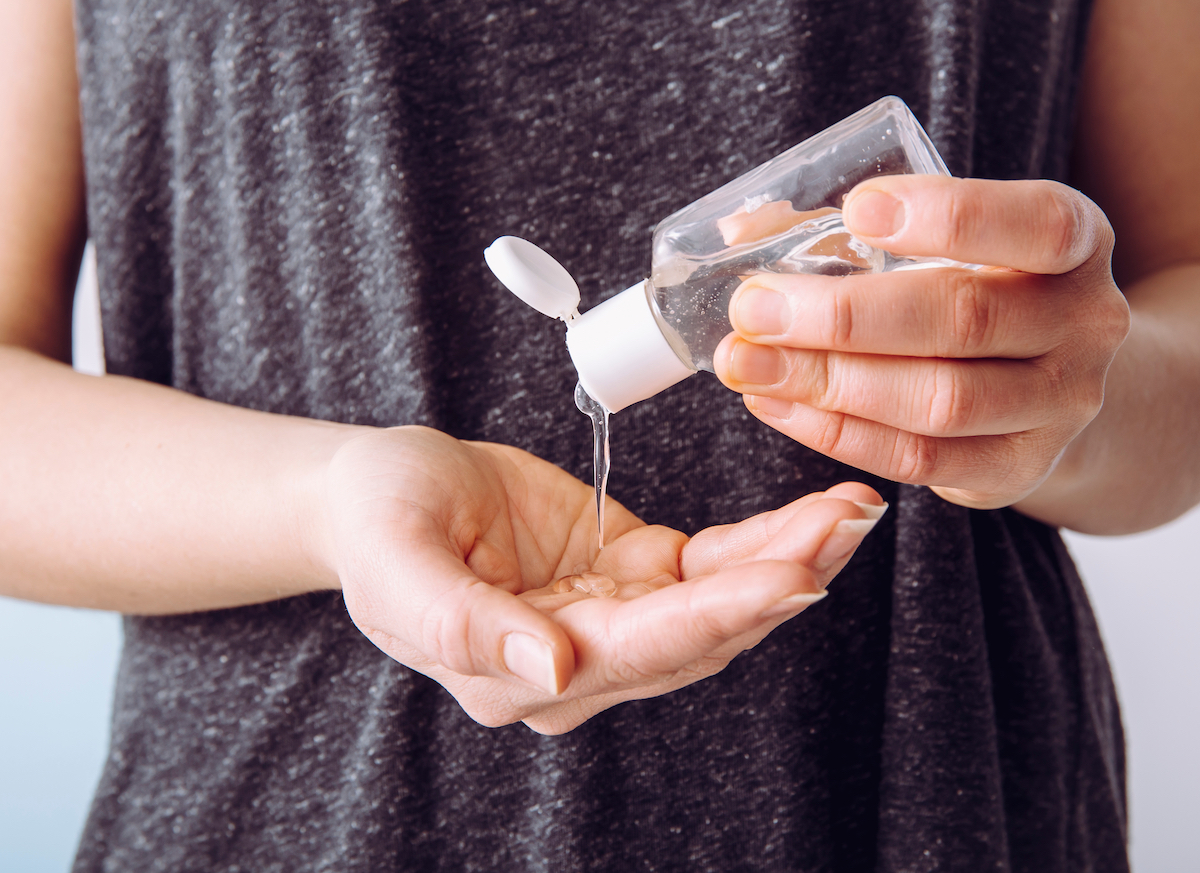5 Ways to Find Out If You Are Using the Right Hand Sanitiser

Hand Sanitisers were often ignored by many before COVID-19. In supermarkets and grocery stores, a massive pile of every brand would be left untouched for days or even weeks. Now, a row of these products is hardly ever left intact or is sold out before the end of the day. It has become a valuable form of defence against the deadly coronavirus.
Unfortunately, not everybody is on board with supporting each other 100% in the fight against the ongoing pandemic. Some took the opportunity to imitate or produce hand sanitisers with less efficiency and quality than the one recommended by international health experts.
You may not even realise it, but you may have wasted money on a sanitiser that provides you with 50% less protection against harmful viruses and germs.
So how can you know you’re safe from fake hand sanitisers? Here’s a brief checklist for you:
Ingredients and Label
At times, people tend to get swayed by a product’s packaging and scent. It is a typical scenario for customers purchasing sanitising gels. They see one placed in a fruit-shaped bottle, one in bright colours and with a very enticing scent and immediately purchase it without checking its contents more closely. Every country has a specific set of guidelines for producing these products. And hence, it’s mandatory to check if it is authorised for sale in your area, listed by your national healthcare department under the safe sanitiser brands to use and if the ingredients are FDA or CDC approved.
Alcohol Level
Non-alcohol based sanitisers hardly give you defence against the coronavirus. Sanitisers with ethyl alcohol as a base should not contain less than 60% ethanol while isopropyl-based ones should not contain fewer than 70% isopropanol. These numbers are the minimum amount of alcohol that is needed to create a strong barrier against infectious diseases.
Packaging
Not all glittery, bright coloured or uniquely shaped sanitiser or rubbing alcohol are recommended for use. These products may be non-alcoholic or contain ingredients that are not safe for long term use. More importantly, if these sanitisers are designed to closely imitate the scent of real fruits or food, then the chances are, it might contain food-based components that can spoil it easily. Remember, sanitisers are meant to be applied on your hands, not eaten or drank like you normally would with multivitamins or medicine.
Usage
Sanitising gels tend to take longer to dissolve and therefore require people to dispense a pea-sized amount on their palm. Liquid variants dry more easily, and so there is no limit to how much you can apply to your hands. Some sanitisers are multipurpose and can be used to clean your hands and even for disinfecting surfaces and appliances at home. Never attempt to drink or consume a hand sanitiser. Also, keep it out of the reach of young children to prevent untoward accidents.
Storage
An alcohol-based hand sanitiser should not be placed or kept in an area where the temperature is over 105°F (40.5°C). Otherwise, it might instantly reduce the product’s quality or, worse, get inflamed due to its alcohol content. If you check your sanitiser and sees a label that says it is okay to store it in high temperatures, then you’ve probably purchased a fake one or one that is non-alcoholic.
Who would’ve thought that the battle against this global pandemic is not just defined by hand washing, social distancing and wearing masks? People also need to be vigilant with their hand sanitisers choices.







